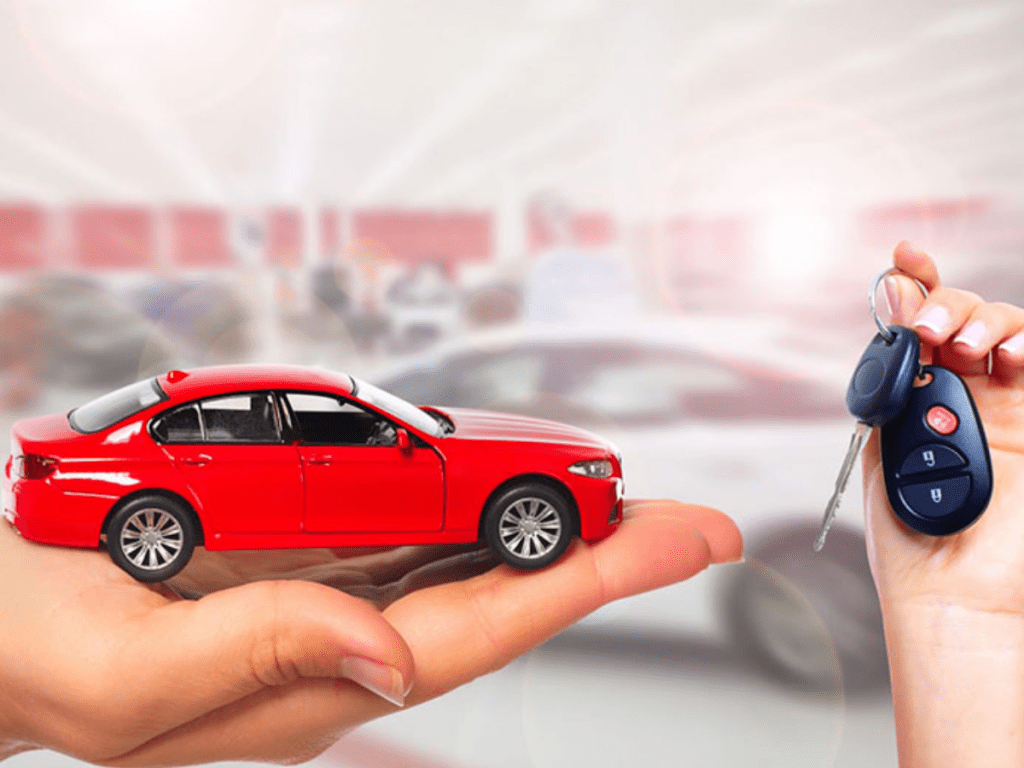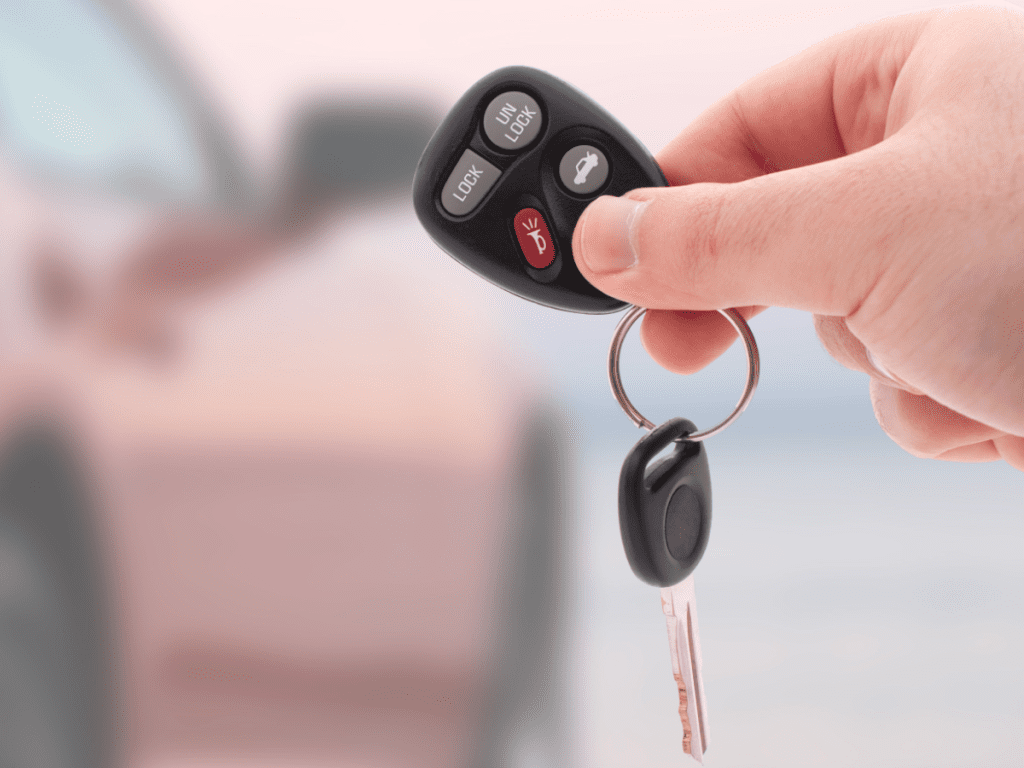Introduction
When purchasing a car, one of the most critical decisions you’ll face is choosing the right loan option. The type of interest rate on your car loan—fixed or variable—plays a significant role in determining how much you will ultimately pay for your vehicle. Each option has its benefits and drawbacks, and understanding these differences can help you make an informed decision that aligns with your financial goals.
What Are Car Loan Interest Rates?
Car loan interest rates represent the cost of borrowing money to purchase a vehicle. Lenders charge interest as a percentage of the loan amount, and this interest accumulates over time. The rate you receive depends on several factors, including your credit score, income, loan term, and the type of loan you choose. Understanding the two primary types of interest rates—fixed and variable—is essential to selecting the best option for your financial situation.
Fixed Interest Rates
A fixed interest rate remains constant throughout the loan term. This means your monthly repayment amount will not change, regardless of fluctuations in market interest rates. Fixed-rate loans are popular among borrowers who prefer stability and predictability in their budgeting.
Advantages of Fixed Interest Rates
- Consistency in Payments: With a fixed-rate loan, you can expect your monthly payments to remain the same. This predictability makes it easier to manage your finances and plan for other expenses.
- Protection from Market Changes: Fixed rates shield borrowers from rising interest rates. If market rates increase during your loan term, your rate and payments will remain unaffected.
- Easier Budgeting: Since the payment amount is fixed, you can incorporate it into your monthly budget without worrying about sudden changes.
Disadvantages of Fixed Interest Rates
- Higher Initial Rates: Fixed interest rates are often slightly higher than variable rates at the time of loan approval. This is because lenders take on the risk of potential rate increases over time.
- Lack of Flexibility: If market interest rates decrease significantly, borrowers with fixed-rate loans will not benefit from lower payments.
- Potentially Higher Costs: Over the long term, a fixed-rate loan could end up being more expensive if variable rates remain low.
Variable Interest Rates
A variable interest rate fluctuates based on changes in a benchmark or index, such as the prime rate. This means your monthly payments can vary over the loan term. Variable-rate loans are often appealing to borrowers looking for potentially lower initial rates.
Advantages of Variable Interest Rates
- Lower Initial Rates: Variable-rate loans often start with lower interest rates than fixed-rate loans. This can make them more affordable in the short term.
- Potential Savings: If market interest rates decrease, borrowers with variable-rate loans can benefit from lower monthly payments.
- Flexibility: Some variable-rate loans allow for adjustments or refinancing options that can take advantage of favorable market conditions.
Disadvantages of Variable Interest Rates
- Unpredictable Payments: Monthly payments can increase if market interest rates rise, making it challenging to budget effectively.
- Risk of Higher Costs: If rates rise significantly during the loan term, you could end up paying more than you would with a fixed-rate loan.
- Market Dependency: Variable rates are tied to external market factors, which can be unpredictable and beyond your control.
Key Factors to Consider When Choosing Between Fixed and Variable Rates
When deciding between a fixed and variable interest rate for your car loan, consider the following factors:
- Financial Stability: Assess your financial situation and ability to handle potential fluctuations in monthly payments. If you have a stable income and can manage variability, a variable-rate loan might be an option.
- Loan Term: The length of your loan term can influence which rate type is more suitable. Fixed rates are often preferred for longer-term loans, while variable rates may be advantageous for shorter terms.
- Market Conditions: Consider current and projected interest rate trends. If rates are expected to rise, a fixed-rate loan may provide better long-term value.
- Budgeting Preferences: If you prioritize stability and predictability, a fixed rate is likely the better choice. On the other hand, if you’re comfortable with some risk and potential savings, a variable rate could be worth exploring.
- Lender Terms: Review the specific terms and conditions of loans offered by different lenders. Some lenders may offer features like rate caps or flexible repayment options that can influence your decision.
Comparing Costs: Fixed vs. Variable Rates
To fully understand the financial implications of fixed and variable interest rates, it’s important to calculate the total cost of borrowing over the loan term. This involves considering not just the interest rate but also fees, loan term, and repayment frequency.
Example:
Let’s assume you are borrowing $20,000 over five years with the following options:
- Fixed interest rate: 5%
- Variable interest rate: Starts at 4% but may increase to 6% over the term
Fixed-Rate Loan:
- Monthly Payment: $377
- Total Repayment: $22,620
Variable-Rate Loan (assuming a gradual rate increase):
- Monthly Payment: Initially $368, increasing to $387
- Total Repayment: Approximately $22,740
In this example, the fixed-rate loan offers slightly more predictability, while the variable-rate loan provides initial savings but could lead to higher costs if rates increase.
How to Decide?
Choosing between a fixed and variable car loan interest rate ultimately depends on your personal preferences, financial situation, and tolerance for risk. Here are some guidelines to help you decide:
- Choose Fixed Rates If:
- You value consistency and predictability in your payments.
- You believe interest rates will rise during your loan term.
- You prefer to avoid the risk of higher payments.
- Choose Variable Rates If:
- You are comfortable with fluctuating payments.
- You believe interest rates will remain stable or decrease.
- You want to take advantage of potentially lower initial rates.
Final Thoughts
Understanding the differences between fixed and variable interest rates is crucial when selecting a car loan. Fixed rates offer stability and protection from market fluctuations, while variable rates provide opportunities for savings but come with greater uncertainty. By carefully evaluating your financial situation, loan term, and market conditions, you can choose the option that best meets your needs and ensures a smooth car-buying experience.
Ultimately, the right choice will depend on your priorities and risk tolerance. Take the time to compare offers from multiple lenders and seek professional advice if necessary. With the right approach, you can secure a car loan that aligns with your financial goals and helps you drive away with confidence.

